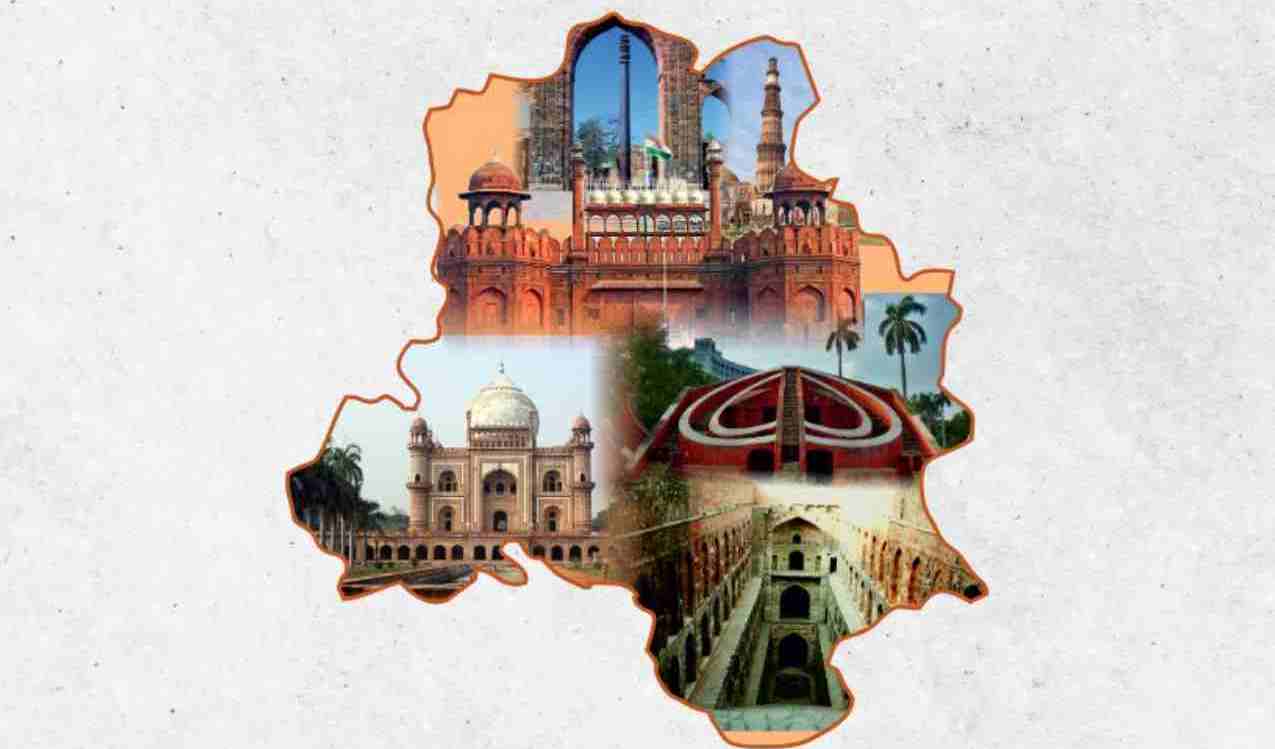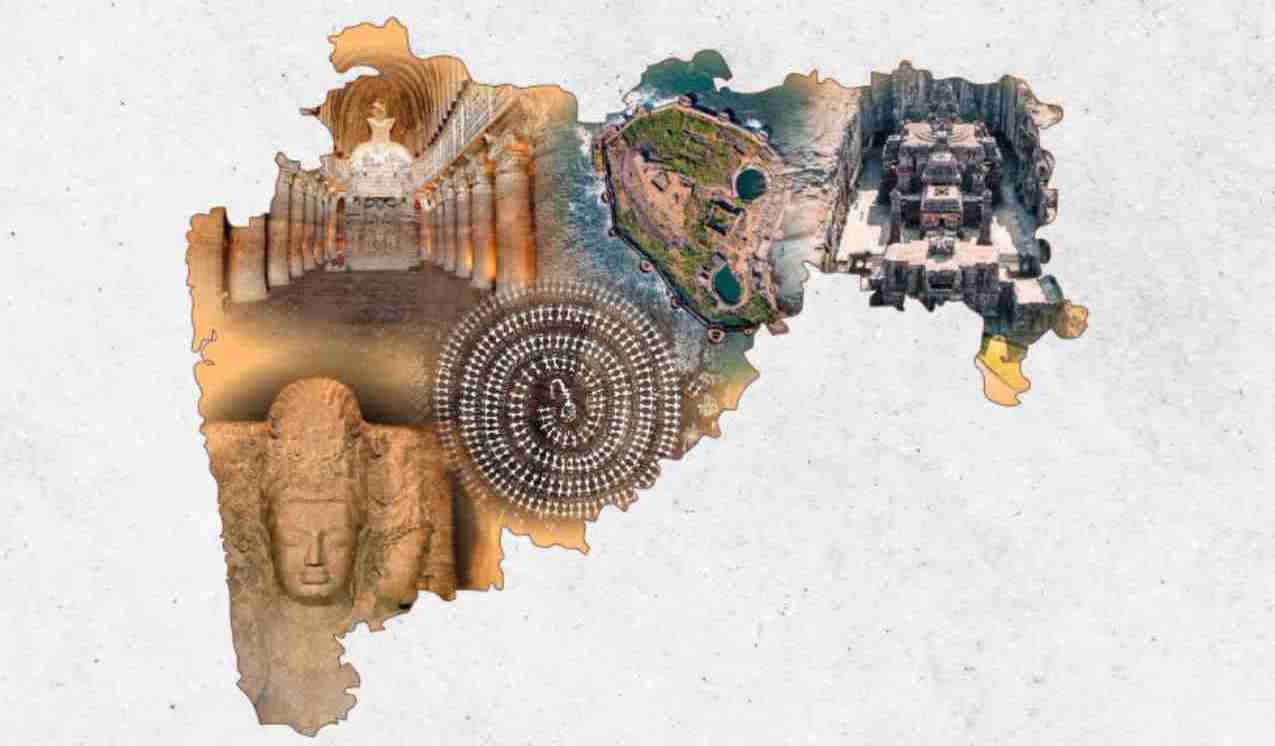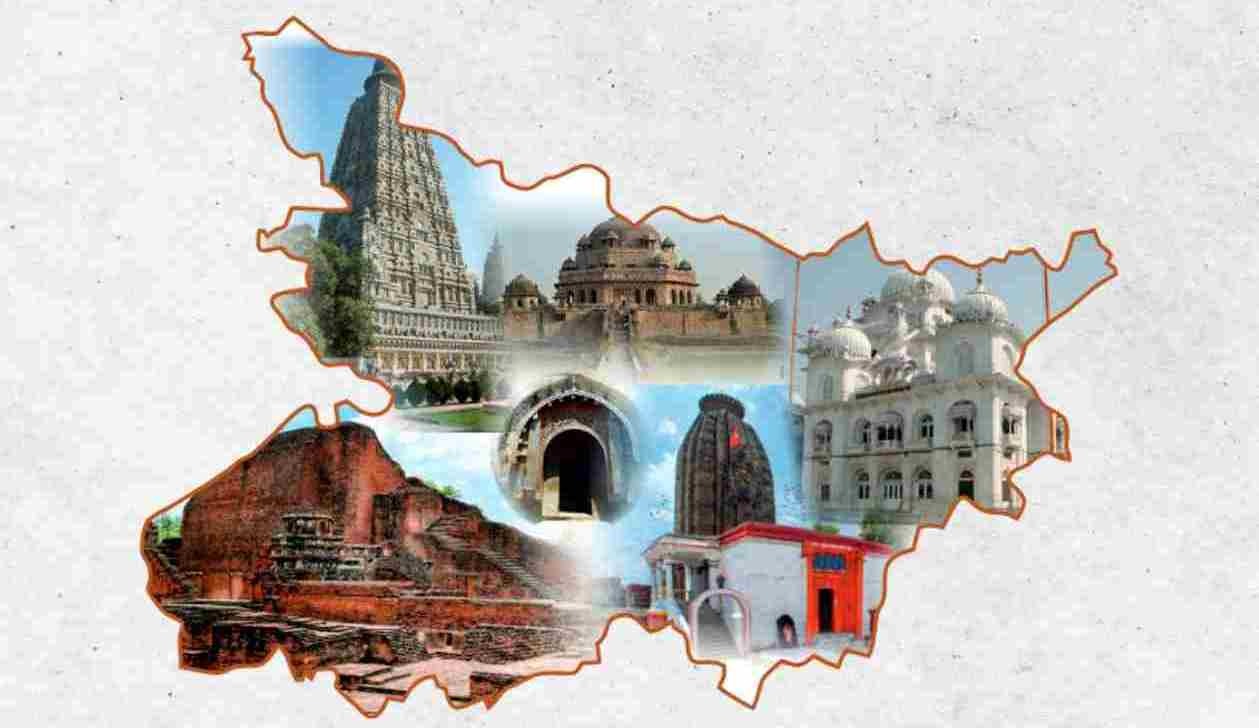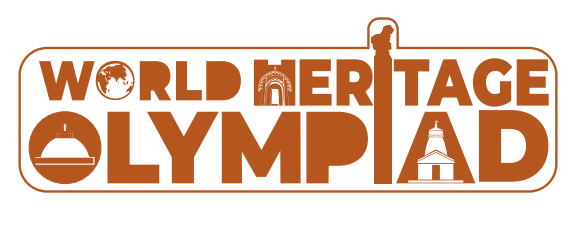Event Details
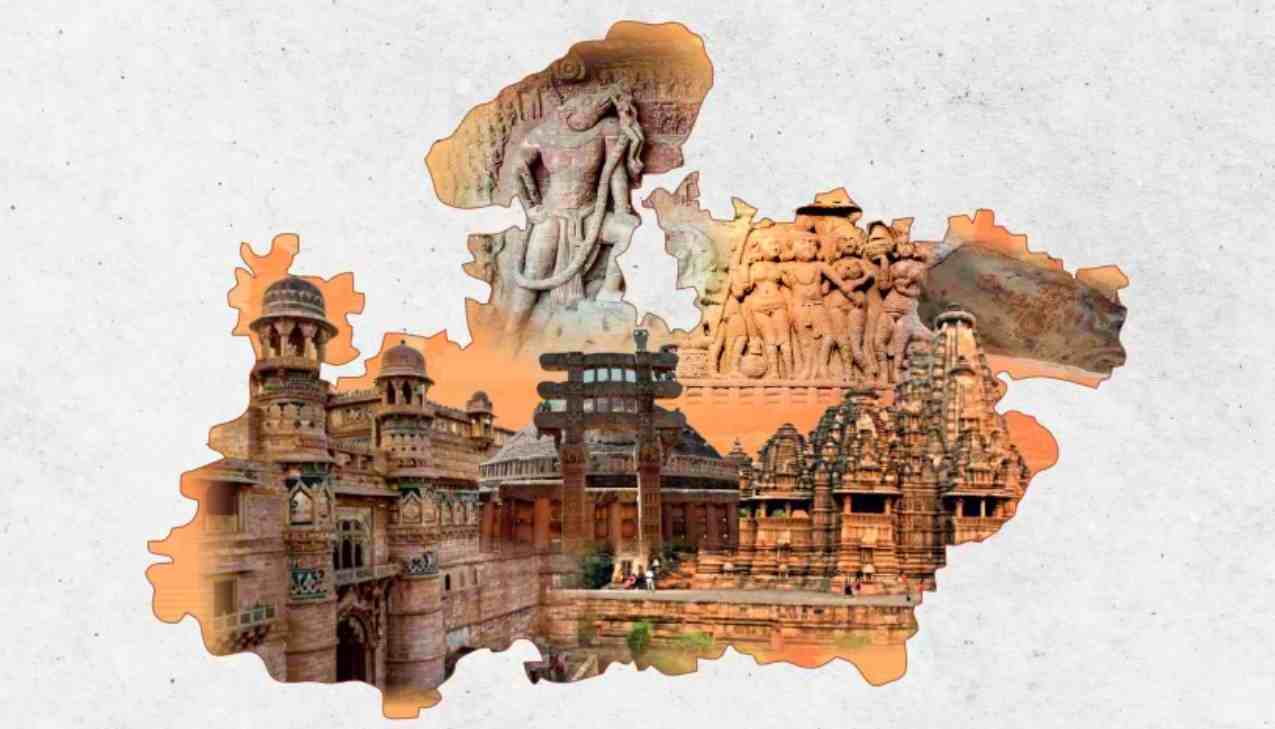
Know About the Heritage of Madhya Pradesh
Madhya Pradesh is known
as the hub of cultural heritage, this state has encompassed several historical
sites, and in every step, the fragrance of different cultural ethos is set up
here, this region presents a diverse range of cultural identities, A large number
of tribal groups enriched the rich tradition of the state, by preserving the
cultural heritage, every tribal community have their different belief systems
in which the tradition of painting is one of them, Painting is considered as a
medium to practice their belief and ritualistic practices. Gond painting is one
of the popularly recognised art forms practised by the tribal community “ Gond
Adivasi”, the largest community in Central Asia.
Pithora is a folk art made on the house's walls, portraying the myths and religious rituals of the Bhilala tribes of Madhya Pradesh and Rathwa Tribes of Rajasthan. Every year, the painting is done on a wall within the home where the goddess Pithora is revered. For this reason, the entire family and society come together. Pithora paintings are created using colours made of clay and vegetables. In Pithora, horses are most frequently portrayed. According to Bhil's belief, their gods take the form of horses and descend to Earth before ascending back to heaven. Pithora Baap ji lives in the Bhils' home atop a sacred wall. Bhils firmly believes that Pithora Kunwar's home farm is prosperous, no matter where she lives.
The wall and floor
paintings known as mandapas are customarily created in Rajasthan and Madhya
Pradesh, India. They are painted in dwellings for a variety of reasons, such as
protection, attracting prosperity and health, inviting the gods within,
celebrating special occasions, etc. In local languages, the word
"Mandana" refers to ornamentation, or more precisely, beautifying.
Chitra Mandana is the name given to the final drawings; the word
"chitra" here simply means "drawing" or
"painting."
Only clay floors or
walls may be used to create Mandana artwork. A mixture of cow dung, red ochre,
and rati, a local clay, is used to prepare the ground that would serve as the
canvas for Mandana art. Chalk powder or lime are used to create the motif. A
bit of cotton, a hair tuft, and/or a crude brush formed from a date stick are
the other instruments.
Lord Ganesha, peacocks,
women at work, tigers, floral themes, and more are among the design's features.
The most common and, some could argue, the defining motif of these pieces are
peacocks.
https://forms.gle/q3tSTxnjG1BfEM3D7
To know more about Madhya Pradesh Heritage join the ‘Mission
Heritage for All’ and click in the link to participate ‘World Heritage Olympiad’
Compiled by Srishti Jain
